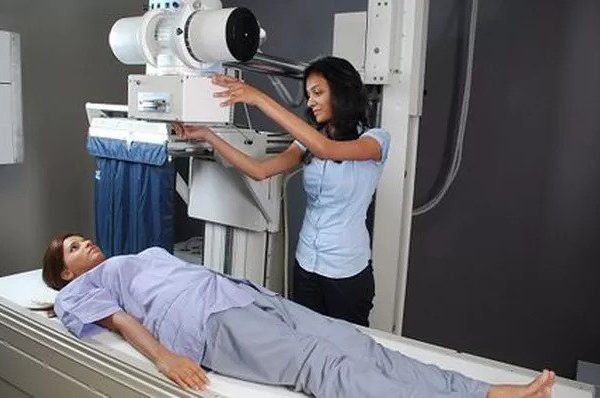
Digital X-ray sensors are used instead of tradition photographic film. Its advantages include time efficiency through bypassing chemical processing and the ability to digitally transfer and enhance images.
Radiography with X-ray is the key starting point for diagnosing a variety of health issues, including pneumonia. It is a technique listed under the domain of Digital radiography. X-ray technology is easily available to the medical community because of its low cost. It’s absolutely noninvasive, harmless if not overdone, and produces the images quickly so that we can be able to diagnose issues effectively.
Traditional X-rays were discovered around early 1900s, using film to capture images of the body’s internal structures. With the addition of computer technology, digital radiography has become more efficient, cost effective, and even a safer method of producing diagnostic images.
If you have ever had an X-ray taken before, you have probably been asked to wear a big lead apron or blanket to shield the surrounding area of your body in order to avoid X-ray radiation to the surrounding body parts of the organs under diagnosis. While traditional X-rays are considered to be safe, digital X-rays produce 80% less radiation than traditional. This means it is very much unlikely you would develop problems from occasional traditional radiation exposure, but it is even less likely with the procedure & technique used in digital X-ray.
The films used in traditional X-rays are expensive & digital X-rays do not use any films, making this procedure cost effective.
Just like digital cameras, with digital X-ray, you no longer have to keep count of the number of pictures you’ve taken. Storage space is virtually unlimited as you can transfer images of digitalized X-ray onto a hard drive afterwards. In case of films, the X-ray images degrade over time. So it becomes extremely difficult to save a huge number of data & and to retrieve it afterwards. Digital images can be saved and easily accessed anytime in the future without having image degradation later on.
If you’re relying on your doctor to make a diagnosis accurate enough, image quality matters a lot. Not only do you get results within seconds, but also easily resizable image which can be enlarged in order to visualize hard-to-see potential issues without distorting or degrading the quality of the image.
| DIGITAL X-RAY | |
|---|---|
| X-RAY CHEST PA | 400/- |
| X-RAY CERVICAL SPINE AP/LAT | 600/- |
| X-RAY FOOT AP/LAT | 600/- |
| XRAY-PBH | 800/- |
| XRAY (PER VIEW) | 350/- |
| X-RAY BOTH KNEE AP/LAT | 1400/- |
| X-RAY SHOULDER | 600/- |

